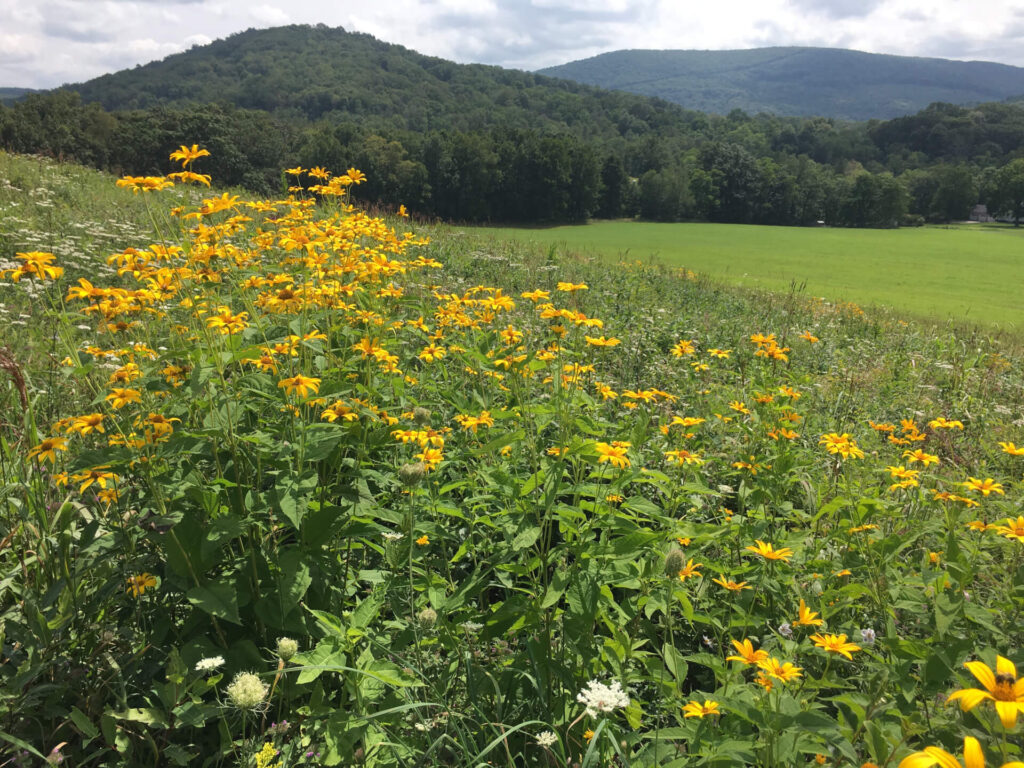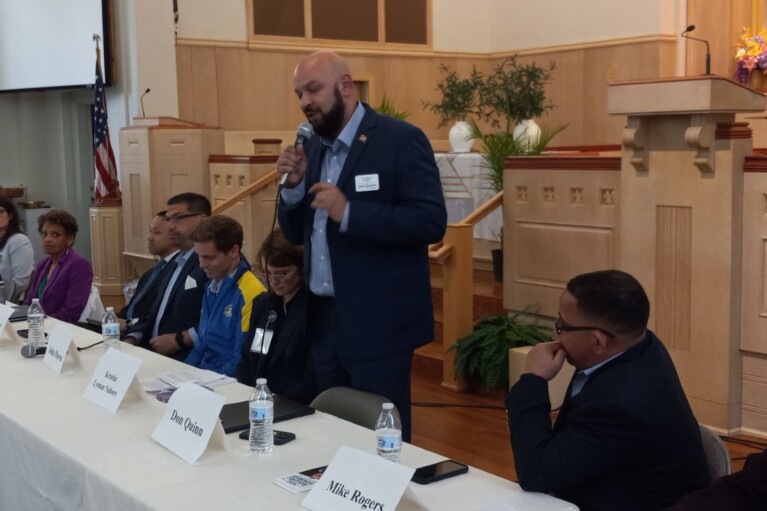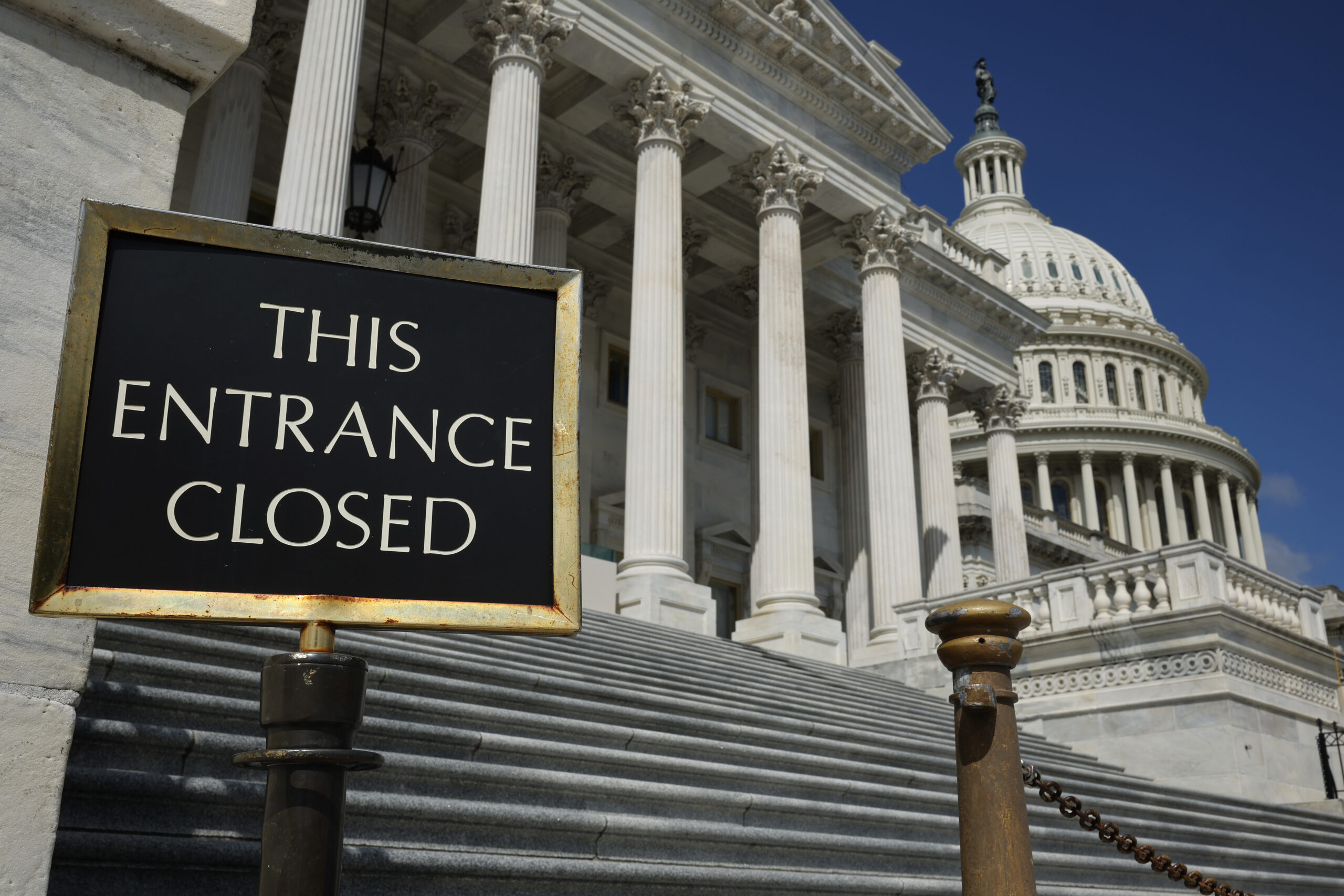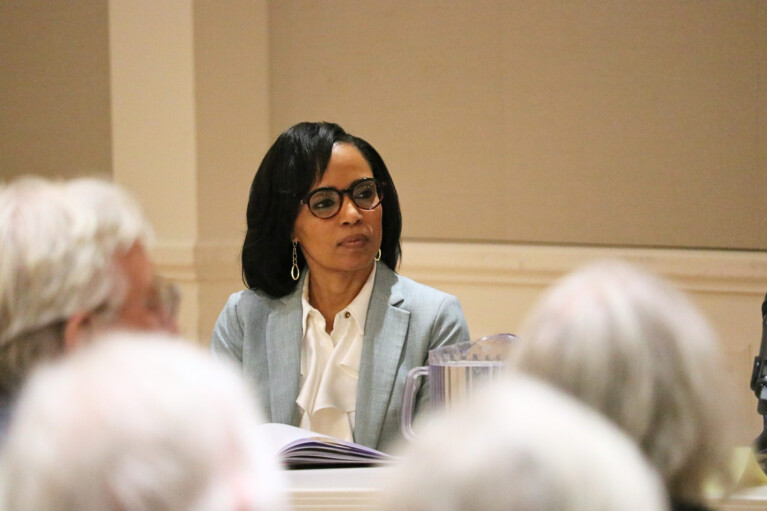Opinion: 2022 Is Shaping Up to Be the Year of Conservation in Maryland

By Joel Dunn
The writer is president and CEO of the Chesapeake Conservancy.
A small freshwater fish called the Maryland darter – the only known species unique to Maryland – might not be top of mind for legislators or members of the Hogan administration in this year’s 2022 General Assembly. In truth, the idea that anyone in Annapolis would ponder the recent extinction of the Maryland darter during a busy session, in an election year, is as much a longshot as was the decades-long effort to protect this rare fish.
Still, the extinction of the Maryland darter, announced last year by the U.S. Fish and Wildlife Service, represents an ominous trend in the natural world that must be addressed. Along with climate change, the world is experiencing a nature crisis that threatens the extinction of as many as one million species in the coming decades. This crisis stems from habitat loss, pollution, climate change and other human-caused impacts. As the extinction of the Maryland darter shows, it’s happening in our backyard, too.
The nature crisis isn’t limited to fish and wildlife alone.
Many communities in Maryland lack greenspace and access to nature. This problem is especially relevant for racially and ethnically diverse communities. The Hispanic Access Foundation and Center for American Progress published a report in 2020 titled “The Nature Gap” which highlights that in the United States there are significantly fewer forests, streams, wetlands and other natural areas where people of color live. This disparity of nature has severe, negative implications for public health, economic opportunity and well-being.
It is now widely known that public demand for parks and outdoor spaces is surging. Parks are struggling to keep up with increased visitation, which has put an enormous strain on facilities and park staff, nature and wildlife. Parks are some of the best places where people can experience nature, but we need to reinvest so that Maryland parks can serve visitors today and well into the future.
The rapid disappearance of nature, the inequitable distribution of greenspace, and the overwhelming demand for parks are urgent matters that must be addressed. Fortunately, legislators and the Hogan administration are rising to meet these challenges. Del. Eric Luedtke and Sen. Sarah Elfreth have introduced the Maryland the Beautiful Act (HB1031/SB791) that would establish a statewide land conservation goal to conserve 30% of open space in Maryland by 2030 and 40% by 2040.
This goal would set a formal goal for conservation and would further motivate efforts to protect Maryland’s remaining forestland and farmland. The bill would also create a new Greenspace Equity Program to fund greenspace projects in underserved communities across Maryland. The bill also supports conservation partners in Maryland like land trusts and forest owners to protect land and steward forests.
Del. Luedtke and Sen. Elfreth have also introduced legislation called the Great Maryland Outdoors Act (HB727/SB541), which would make significant investments in Maryland’s state park system, including creating new parks and expanding existing parks, increasing funding for park maintenance, improving transportation to parks and many other improvements.
The Hogan administration has also been working hard to address these challenges.
For the fifth year in a row, Gov. Hogan’s annual budget provides full funding for Maryland Program Open Space and related conservation programs funded through the real estate transfer tax. These conservation programs are Maryland’s most important tools to protect forestland and farmland across the state, for the benefit of Maryland’s people and wildlife.
Gov. Hogan and his team have also been working to improve Maryland’s state park system and to address the “nature gap” in parks. In 2021, the Department of Natural Resources and the University of Maryland rolled out a new mapping resource called the Park Equity Mapper, which identifies Maryland communities in the greatest need of parks and greenspace. In addition, the fiscal 2023 budget includes record funding for Maryland state parks and forests, which will support park system operations and maintenance.
Though this year Maryland is unusually well-positioned with a budget surplus, it will take more than public funding to address the nature crisis. Legislation titled the Conservation Finance Act (HB653/SB348) was reintroduced this year by Del. Sara Love and Sen. Sarah Elfreth, and this innovative concept is also strongly supported by the Hogan administration.
This bill would help our state to better leverage market-based opportunities for environmental investments, such as carbon credit markets, and help Maryland attract private capital to invest in environmental outcomes like forest conservation and tree planting.
The conservation legislation being advanced in the General Assembly and the continued efforts by the Hogan administration supporting parks and open space demonstrates that 2022 is the year of conservation in Maryland.
We need to work together on these urgent efforts for nature and for Marylanders because as the case of the Maryland darter shows, our time to alter course and mitigate the nature crisis is running out.




 Creative Commons Attribution
Creative Commons Attribution